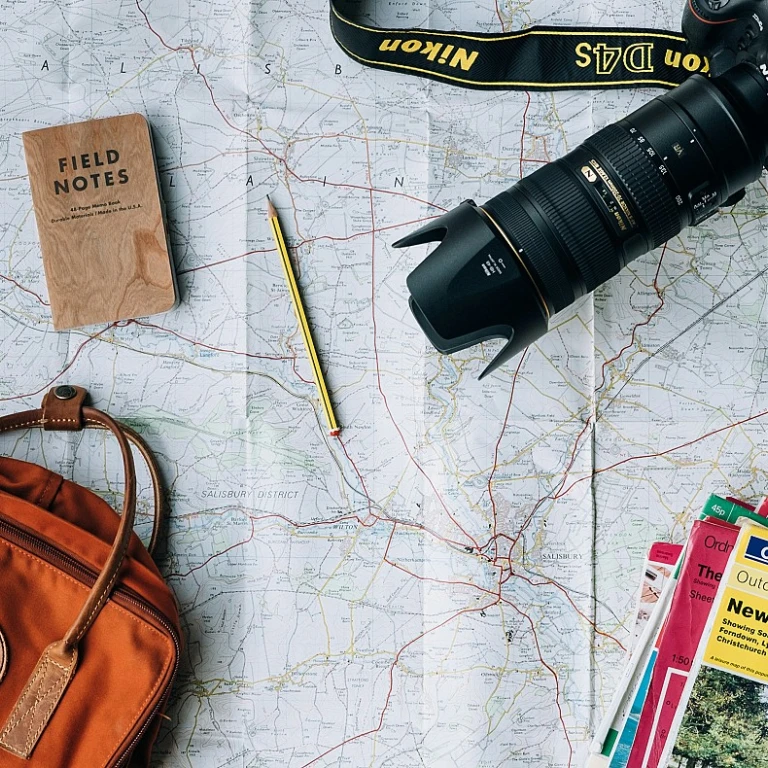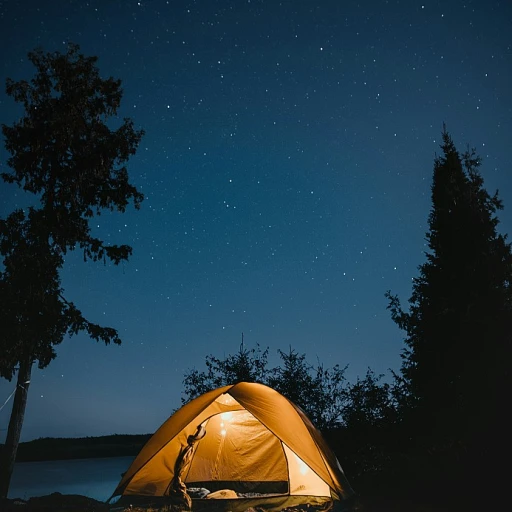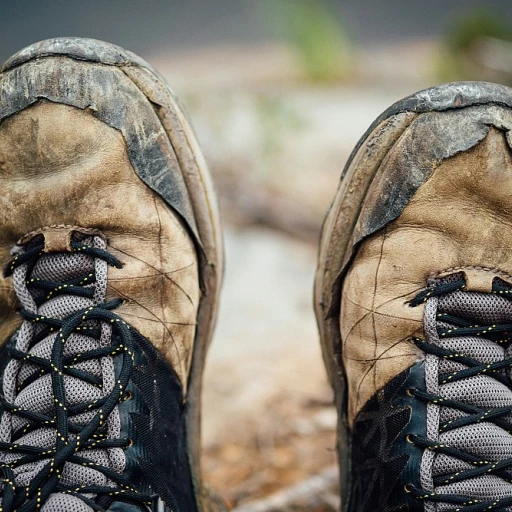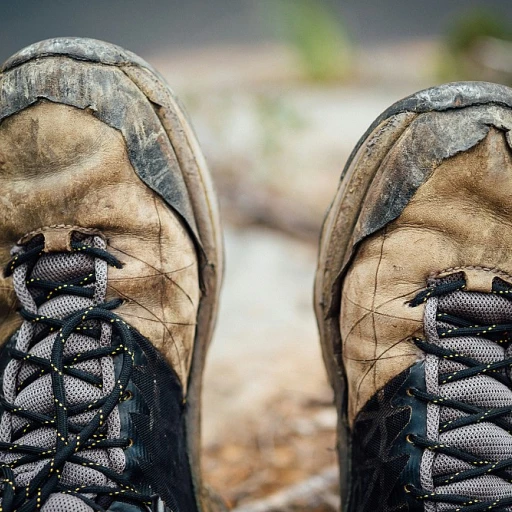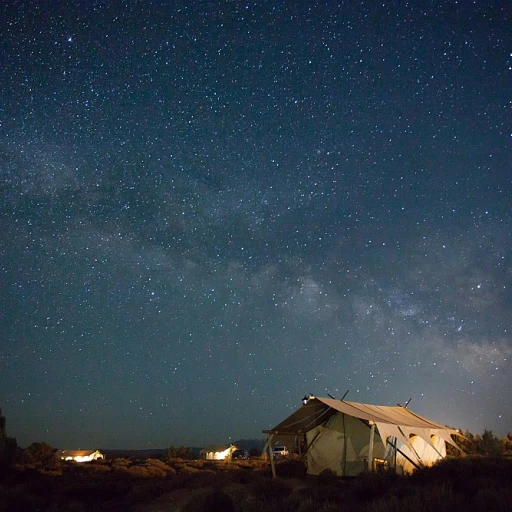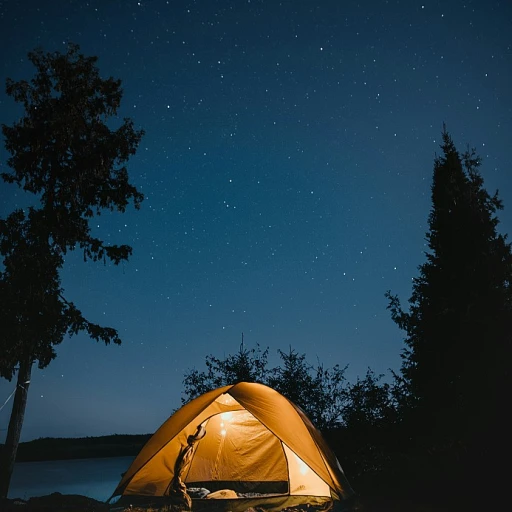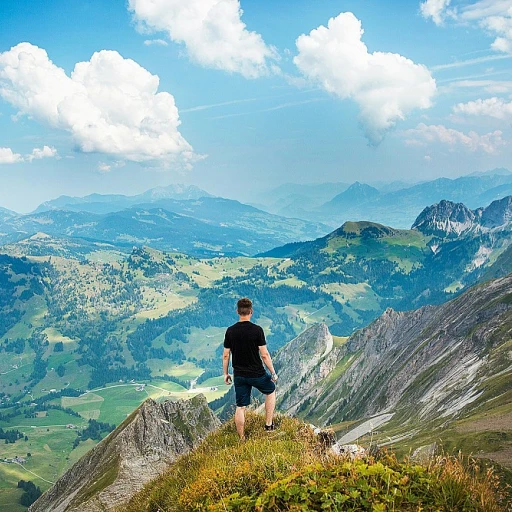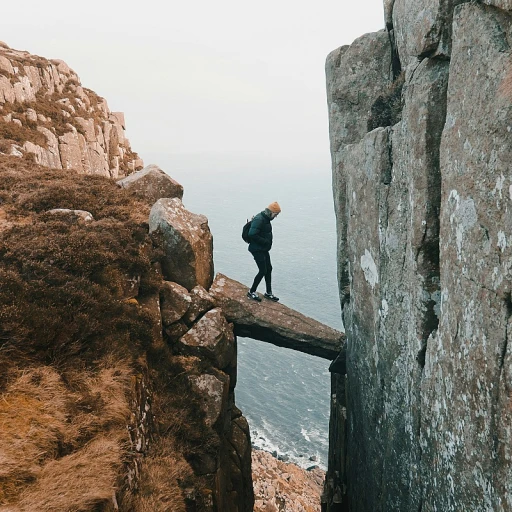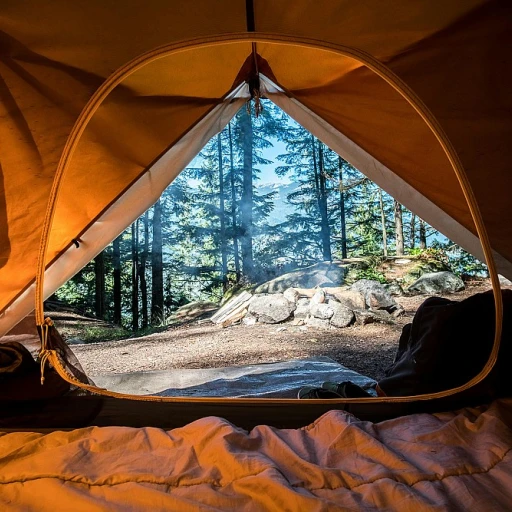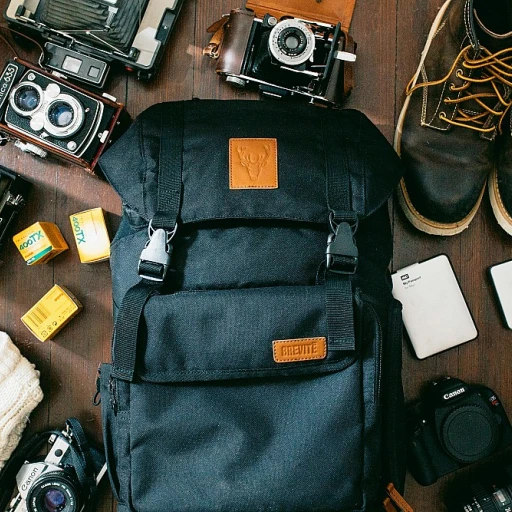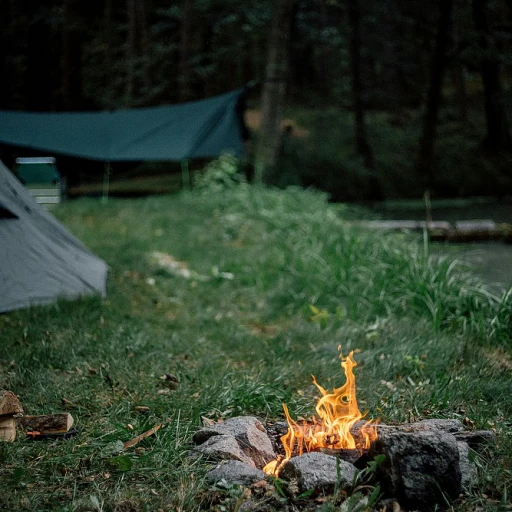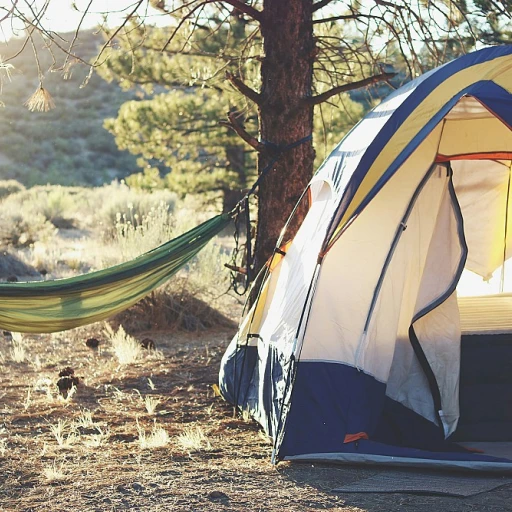
Understanding the Basics of a Backpacking List
Kickstarting Your Backpacking Experience
Embarking on a backpacking trip is an exciting venture, one that requires a bit of preparation to ensure you're geared up for everything the trail throws at you. As an aficionado of hiking and trekking, I know how crucial it is to have a well-thought-out backpacking checklist that includes all the essentials and maybe a little more comfort. The first thing that'll weigh heavily on your mind, literally, is your pack. Choosing the right backpack size and fitting it properly can make or break your experience. It’s not just about tossing all your gear in but organizing it effectively. Keep the heavy items like your tent and cooking kit close to your spine, while lighter items like your sleeping pad can go on top or outside pockets. When it comes to your sleeping setup, having a lightweight sleeping bag tailored to the season can be a game-changer. Pair it with a sleeping pad for that extra comfort—the combo can seriously boost a night's sleep under the stars. I remember a chilly night without the right pad once; the ground seemed to steal every ounce of warmth I had. For navigating through diverse terrain, make sure to get durable, comfortable footwear like quality hiking boots. You might also want to consider trekking poles to help maintain balance and reduce strain on your joints. A bit of strain relief goes a long way at the end of a long hiking day. And don't forget your best friend on the trail—hydration. A good water filter or purification tablets ensure you can replenish safely from natural sources. Having enough water can keep your spirit up when the trail seems endless. You can find more tips and advice in our comprehensive backpacking guide to brush up your skills. Building your own kit for a backpacking trip is part science, part art. But with each trip, the adjustments become clearer and more personal, tailoring what works best for you. Remember, the trail is where adventures unfold, and a well-packed backpack is your trusty companion every step of the way.Choosing the Right Gear for Different Terrains
Picking the Right Gear for Every Trail
When you're planning a backpacking trip, the terrain you're heading into will dictate much of what you pack. The right backpacking gear can make or break your adventure. Whether you're tackling rocky mountain paths or lush forest trails, having the right equipment is essential.
For starters, consider your backpack. A lightweight pack is crucial for comfort, but it needs to be sturdy enough to hold all your essentials. Brands like Osprey and Deuter offer excellent options that balance weight and durability. Make sure your backpack fits well; a poorly fitted pack can lead to discomfort and even injury.
Footwear That Matches the Trail
Your choice of hiking boots can greatly affect your experience. For rocky or uneven trails, boots with good ankle support are a must. Meanwhile, lighter shoes might suffice for well-maintained paths. Waterproof options are ideal for wet conditions, but they can be heavier and less breathable, so weigh your options carefully.
Sleeping Comfortably Under the Stars
After a long day of hiking, a good night's sleep is vital. Choose a sleeping bag that suits the climate of your destination. Down sleeping bags are warm and compressible, making them great for cold weather, while synthetic bags are better in wet conditions. Don't forget a sleeping pad to insulate you from the cold ground and provide some cushioning.
Shelter: Your Home Away from Home
Your tent should be easy to set up and provide adequate protection from the elements. For solo trips, a lightweight one-person tent is ideal, but if you're traveling with friends, a larger tent can be more comfortable. Consider the seasonality of your tent; a three-season tent is versatile for most conditions, while a four-season tent is necessary for winter camping.
Additional Gear Considerations
- Trekking poles: These can reduce strain on your knees and provide stability on uneven ground.
- Water filter: Clean water is crucial. A portable filter or purification tablets can be lifesavers.
- First aid kit: Always pack a basic kit with bandages, antiseptic wipes, and any personal medications.
- Bear canister: In bear country, storing your food safely is non-negotiable. Check out this guide for tips on selecting the best canister.
Remember, the best backpacking trips are those where you're prepared for the unexpected. A well-thought-out gear list tailored to your specific trip can ensure a safe and enjoyable adventure.
Food and Hydration Essentials
Fueling Your Journey: Backpacking Foods and Hydration
While dreams of grand adventures in the rugged outdoors might tug at your soul, the logistical side can be quite humbling. A successful backpacking quest hinges on its food and water regimen, and these essentials are far from an afterthought. Going light is key, but your sustenance shouldn't feel lacking on the trail. A solid start is maintaining balance between energy-packed nutrition and weight management. Here's how to stock up effectively for your trip:- Nutritious Trail Eats: Think high-calorie, nutrient-dense foods that minimize weight. Trail mixes full of nuts and seeds, granola bars, and dried fruits top the list. Dehydrated meals made for backpacking bring savory dinners without hassle.
- Hydration's Role: There is no substitute for water. Opt for a lightweight water filter or chemical purifier to safely engage with streams or lakes along your path, while sparing your pack's load. Sip steadily throughout your day to stay hydrated.
- Backup Plan: Always bring more food and water than you think you'll need. Weather changes can alter plans, and food provides both fuel and comfort.
Clothing and Layering Strategies
Layering: Your Best Friend on the Trail
When you're out on a backpacking trip, the weather can be as unpredictable as a mountain goat on a cliff. That's where layering comes in. Think of it as your personal climate control system. Start with a base layer to wick away sweat, keeping you dry as you tackle the trail. A mid-layer, like a fleece, adds warmth when the temperature drops. Finally, a waterproof shell keeps you dry during sudden downpours.
Choosing the Right Fabric
Not all fabrics are created equal. Cotton might be comfy at home, but it's a no-go on the trail. Opt for synthetic materials or merino wool, which dry quickly and keep you warm even when wet. These fabrics also help reduce the weight of your pack, making your backpacking trip more enjoyable.
Footwear: More Than Just Hiking Boots
While hiking boots are a staple, consider the terrain of your trip. For rocky trails, sturdy boots with good ankle support are your best bet. For lighter trails, trail runners might be a more comfortable option. Don't forget to bring extra socks to keep your feet dry and blister-free.
Accessories: The Little Things Matter
Never underestimate the power of a good hat or pair of gloves. They can make a world of difference when the wind picks up or the sun beats down. A lightweight rain jacket can be a lifesaver, and a sleeping bag liner can add warmth on chilly nights.
Backpacking Checklist for Clothing
- Base layers (top and bottom)
- Mid-layer fleece or jacket
- Waterproof and windproof shell
- Hiking boots or trail runners
- Extra socks and underwear
- Hat and gloves
- Lightweight rain jacket
- Sleeping bag liner
Remember, the best backpacking gear is about balancing comfort, weight, and protection. Check your packing list, adjust according to the season, and you'll be ready for anything Mother Nature throws your way.
Tech Gadgets and Navigation Tools
Staying Connected and Safe on the Trail
Tech gadgets are not only cool, they're your safety net. Whether you're tackling a rugged trail or a relaxed day hike, certain backpacking gear is indispensable. Start with a reliable GPS tracking system. It's like your digital bread crumb trail to keep you on course. If getting lost isn't on your trip agenda, you should definitely pack one!Then, there's communication. Cell service might play hide and seek in nature, so consider a satellite phone or a two-way radio. Sure, they're a bit of a budget stretch, but when you're knee-deep in adventure, you'll be glad you did.
Don’t Forget Some Backup Power
Imagine the horror: you're ready to snap the perfect sunset photo, and then... your phone dies. Prevent power pals (like solar chargers and power banks) from becoming mere paperweights in your bag. A lightweight solar charger can top your list of must-have backpacking gear. It’ll ensure your devices stay charged, leaving you tech-savvy and picture-ready.Navigation Tools for Your Adventure
Old school maps and compasses: don’t knock them! GPS devices and apps are amazing, but batteries drain and tech malfunctions. A trusty compass and a topographic map tucked in your pack should be part of your backpacking checklist. And, well, they’ll make you feel like a true explorer. But hey, don’t ditch technology yet. Use those hiking apps as an added bonus for checking trails, weather updates, and more.Smart Lights Light Up Your Backpacking Trip
Once the sun slips behind the horizon, efficient lighting becomes your ally. Headlamps offer hands-free illumination, perfect for cooking or setting up your tent. Many are water-resistant, meaning they're game for unexpected downpours. And solar lanterns? Lightweight and eco-friendly, they'll keep darkness at bay during late-night adventures or, simply when nature calls.Sustainable and Eco-friendly Packing Tips
Eco-Friendly Packing: Leave No Trace
When you're gearing up for a backpacking trip, it’s tempting to focus solely on the essentials like your sleeping bag, tent, and hiking boots. But there's another critical aspect to consider: how to pack sustainably. It's not just about minimizing weight—it's about minimizing your footprint.
Choose Lightweight and Reusable Gear
Start with the basics. Opt for gear that's both lightweight and reusable. Think about your water filter and sleeping pad—these items can be eco-friendly if chosen wisely. A collapsible water bottle, for instance, is both space-saving and reduces the need for single-use plastics. Reusable food containers and utensils should be on your packing list, too. They cut down on waste and are easy to pack.
Pack Smart with Multi-Use Items
One of the best ways to reduce weight and waste is by bringing multi-use items. A bandana can serve as a towel, pot holder, or even a first aid kit component. Your sleeping bag's stuff sack can double as a pillow when filled with clothes. These small adjustments can make a big difference in your gear list.
Mindful Meal Planning
Food is a major part of any backpacking checklist. Consider dehydrated meals or homemade trail mixes stored in reusable bags. They’re lightweight and produce less waste. Always pack out what you pack in, including food scraps and toilet paper. A small, dedicated bag for trash can help keep the trail pristine.
Respect the Trail
Respect for nature is paramount. Stick to established trails and campsites to avoid damaging vegetation. Use biodegradable soap and be mindful of water sources. A portable trowel can help you dig a proper cat hole for human waste, ensuring you leave no trace.
Eco-Friendly Clothing Choices
Your base layer and other clothing choices can also reflect your commitment to sustainability. Look for items made from recycled materials or those that are ethically sourced. These choices not only support eco-friendly practices but often offer high performance and durability, making them the best option for long-term use.
By integrating these sustainable practices into your backpacking trips, you contribute to the preservation of the beautiful trails we all love to explore. It's about making conscious choices that benefit both you and the environment.

